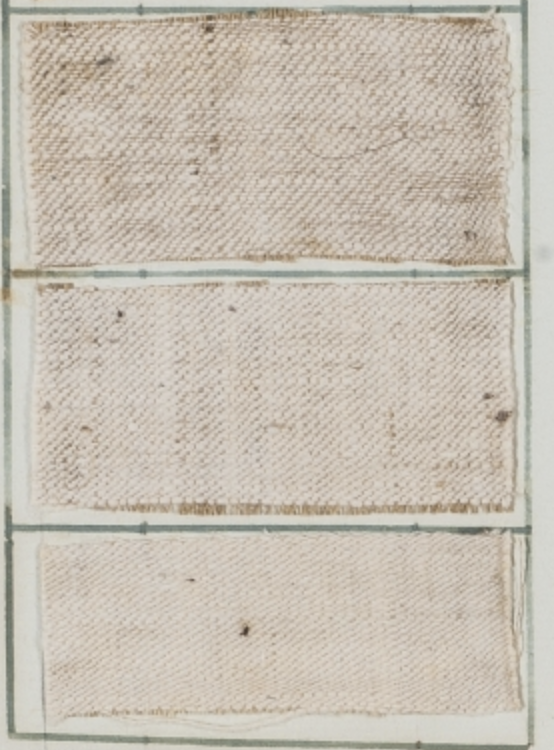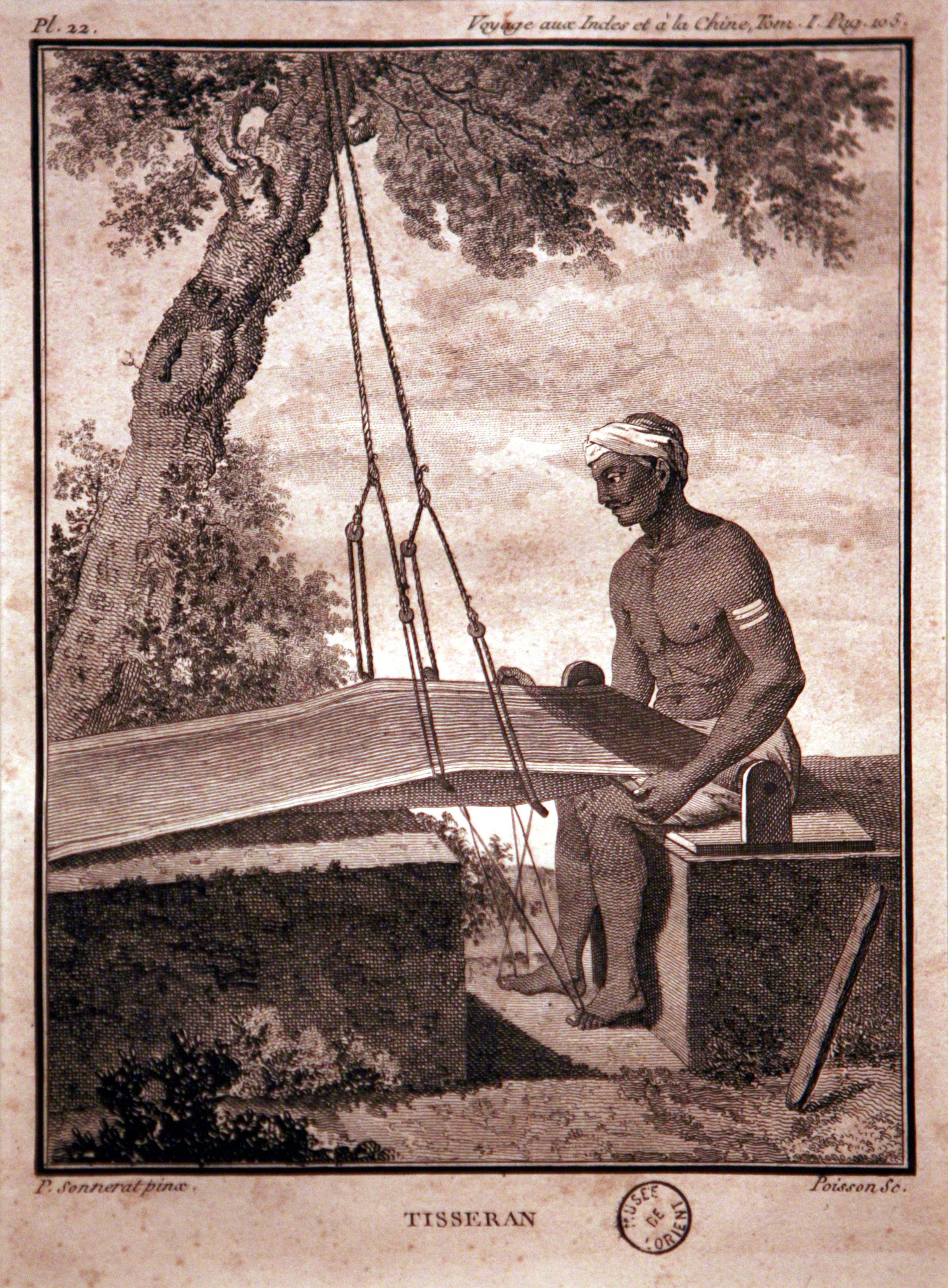The Mystery of the "Guinea Fabric"
From India to "India", via European spinning mills... fabrics that sometimes travelled around the world before being worn
Since the beginning of this adventure, we have been wondering where this famous blue cloth, known as "Guinea cloth", which was used to clothe slaves and, after 1848, indentured labourers, could come from.
Well, the mystery seems to have been partly solved after reading a small booklet published jointly by Hachette and the BnF (Bibliothèque Nationale de France, a gold mine for the curious!). It is a small booklet entitled :
Trade in blue cloths known as guineas, from the French industry in Pondicherry and the mainland
This 69-page booklet is a plea to the French government to limit taxation on textile products for trade "from India to India", i.e. from India to Réunion.
From cotton yarn to weaving, dyeing, exporting, distribution... a global network for a simple commodity
Pondichéry
Domaine Colonial Panon-Desbassyns
Nantes
Touaregs et Maures
Sénégal

textiles imported into Europe
The textiles are diverse: more or less coarse cloths, with very tight weaves, like these basins. The image comes from an open access book, which relates a trade in cloths prior to the period of interest to us, but in which there are very precise indications on the yarns used and the weaving methods.

Pondichery
The "comptoir" of Pondicherry, a charming town on the Indian coast of Coromandel, is one of the Indian territories colonised by France, which it has occupied again since 1815.
This is where the majority of Guinea blue cloth, dyed with indigo in or near Pondicherry, comes from.

A lucrative business
The little book by J.P. Duchon-Doris, a textile spinning industrialist who settled in Pondicherry in 1842, tells us an astonishing fact: industrial spinning was developed in French India by... a Reunionese! A son of Mrs Desbassyns, Eugène Panon, Viscount Desbassyns de Richemont, by an order of 26 October 1826, at the beginning of the industrial era.
The yarns were sent to France to be mechanically woven in Rouen, Nantes or the Vosges, and then sent back to Pondicherry to be dyed with indigo.
From there, the so-called "Guinea cloth" is sent back in large quantities to the island of Reunion. Some of the cloth was used for local consumption, while the rest was sent back to Senegal! (hence their name). There, they are sold by local merchants to the Moors, and we thus find these famous blue cloths which dress the Tuaregs!

Credits - courtesy of : ©Iconothèque Historique de l'Océan Indien IHOI - ©Musée de la compagnie des Indes de Lorient






